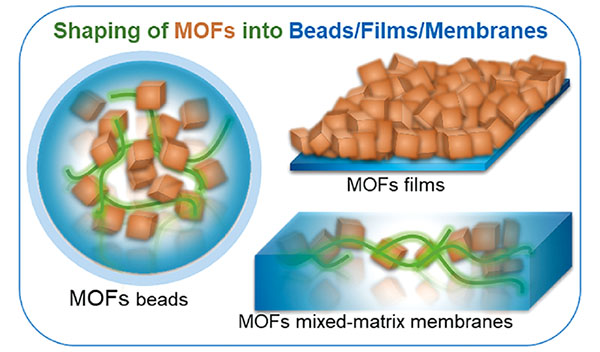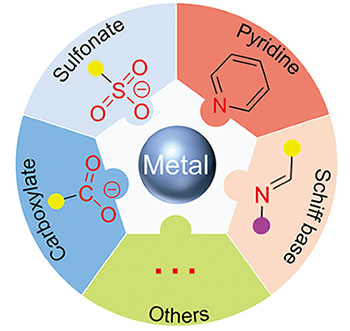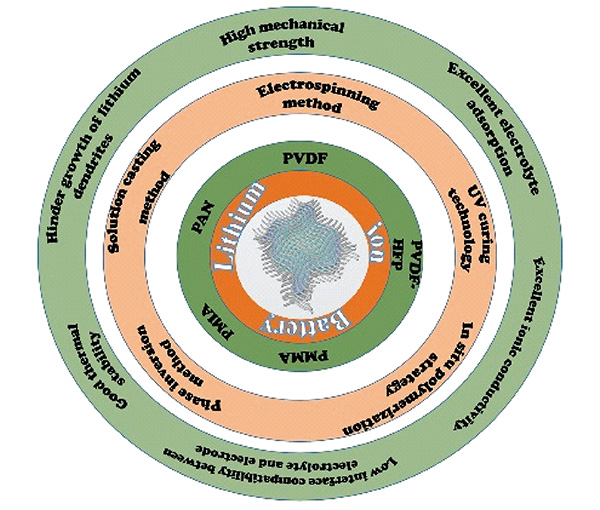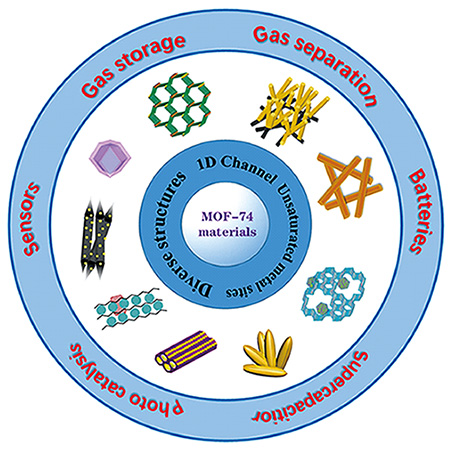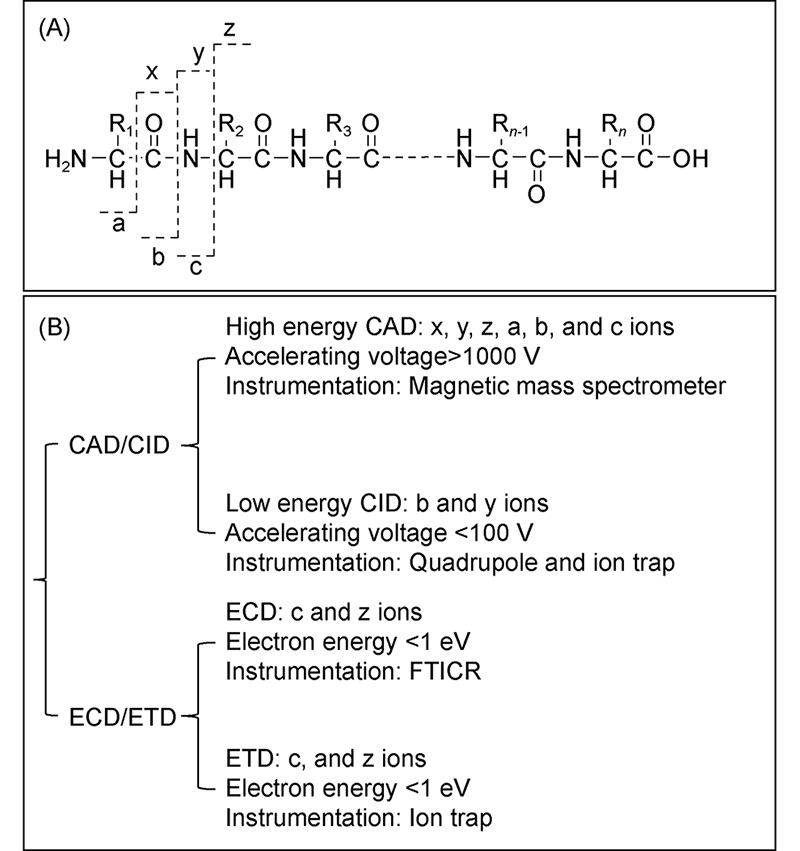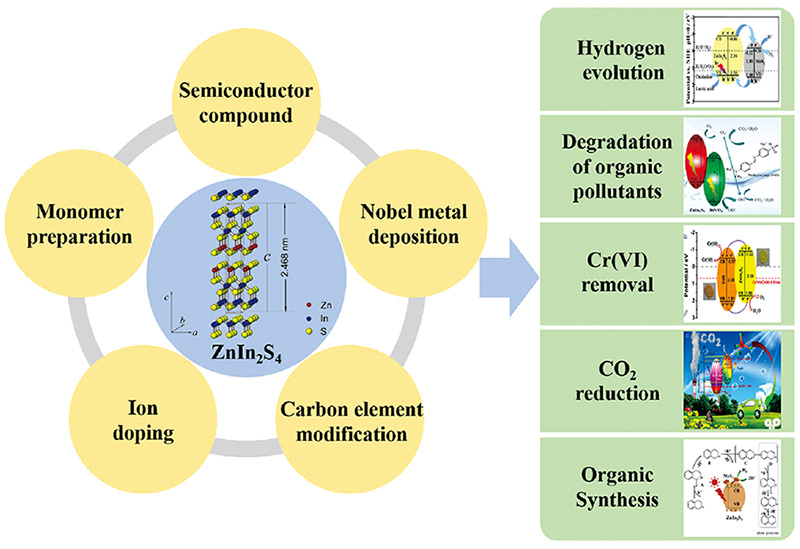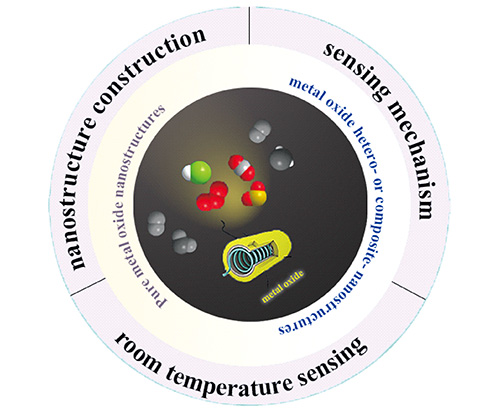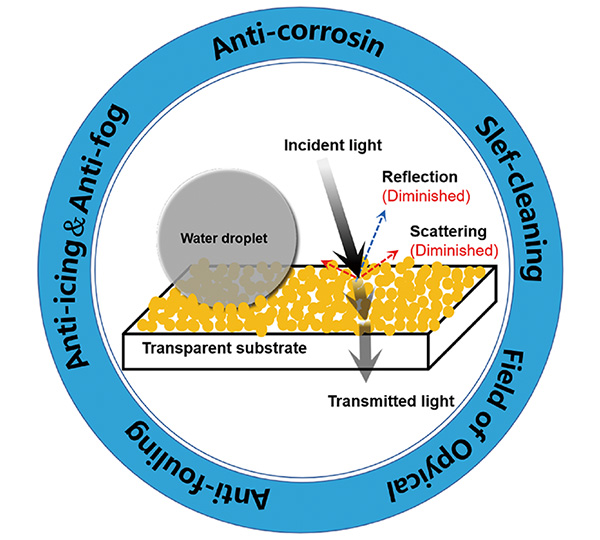Xiuting Dong, Wen Zhang, Song Zhao, Xinlei Liu, Yuxin Wang. Shaping Methods for Metal-Organic Framework Composites[J]. Progress in Chemistry, 2021, 33(12): 2173-2187.
Metal-organic frameworks (MOFs) are porous crystal materials formed by the self-assembling between organic ligands and metal ions (clusters). With the advantages of high specific surface areas, low densities, adjustable pore structures and easy modification, they have been used in the research fields of separation, catalysis, sensing and drug delivery. MOFs are often isolated as tiny powders, and this form is not suitable for industrial applications due to operating problems, such as dirtiness, mass loss, and difficulties in recycling. To address this issue, several composite materials containing MOFs have been developed with various shaping methods. In this review, we discuss the preparation methods to shape MOFs into beads, thin films and membranes, as well as their potential industrial applications. This paper could provide a reference for developing novel methods for shaping of MOFs and techniques to fabricate large-scale MOF composites.
Contents
1 Introduction
2 MOF beads
2.1 Beads prepared by MOF powders
2.2 MOFs growth in beads
3 MOF films
3.1 Films prepared by MOF powders
3.2 MOFs growth on films
4 MOF mixed?matrix membranes
4.1 Membranes prepared by MOF powders
4.2 MOFs growth in membranes
5 Conclusion and outlook









